MIT has just unveiled its list of the ten inventions that will most likely revolutionize our lifestyles in the years to come. On the menu: Internet, cancer treatment, drinking water, etc.
Every year, the Massachusetts Institute of Technology releases its technology review. True reference in the matter, this one takes stock of current and future technological advances. Although it is used to highlight operational innovations, the 2015 promotion includes emerging inventions which will not necessarily democratize during the course of the year.
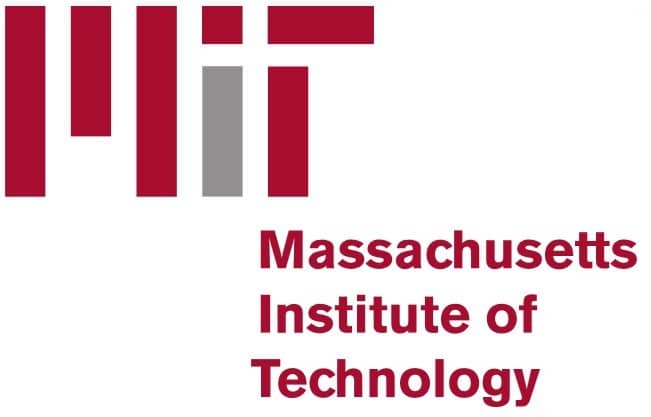 Last year, technologies likeOculus Rift, agricultural drones, brain mapping or agile robots were in the spotlight. One year later, smart health connected cars, mobile payment solutions and even genetic databases who are in the spotlight.
Last year, technologies likeOculus Rift, agricultural drones, brain mapping or agile robots were in the spotlight. One year later, smart health connected cars, mobile payment solutions and even genetic databases who are in the spotlight.
Here is the list of 10 technologies that could change the face of the world in the years to come :
What you will learn
1 – Internet for all
Still, 4.3 billion people do not have access to the internet, more than half the world's population. Several companies, including the American giant Google, are therefore looking for solutions to extend the internet coverage on the entire surface of the Earth.
He is working on the design of a huge ring made up of a hundred balloons inflated with helium who would fly over Earth at 18,000 meters above sea level. Conclusive tests have already been carried out. The engineers managed to fly one of these rings on 10,000 kilometers without any incident on the course.
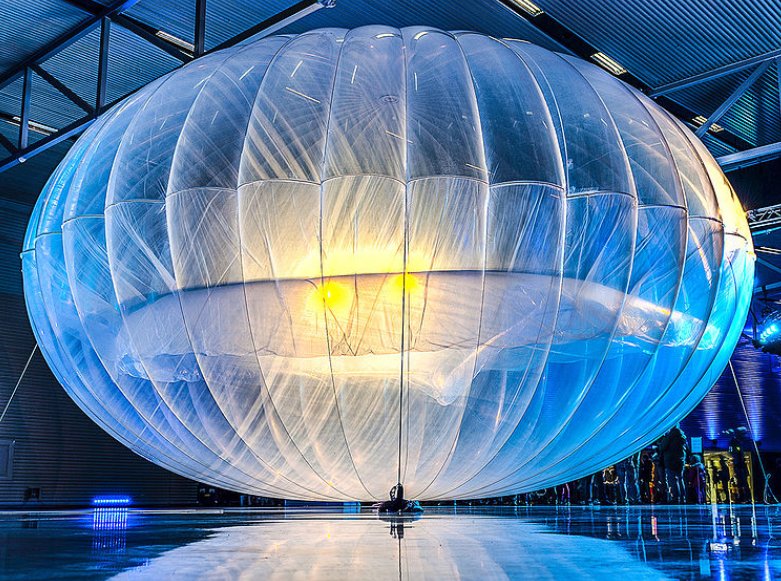
This project, named LOON, would be a lot cheaper and complicated to deploy than the “traditional” satellites or drones also tested by Google. Partnerships with large operators some countries like India have been concluded. So Google services and therefore Internet connection could be made available to the most vulnerable populations free of charge. The giant Facebook is also working on a project of this type, except that it focuses on laser technologies and solar planes.
LOON technology should see the light of day within a year or two.
2 – smart health connected cars
In the university town of Ann Arbor in the United States, experiments on highway driving have been executed. 3000 vehicles have been equipped with transmitters in order to communicate with each other. The driver's actions (braking, steering, etc.) are therefore transmitted to other cars who can alert or react accordingly.
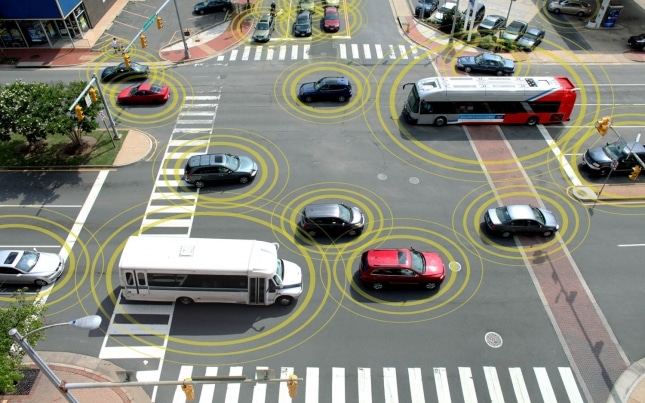
The conclusions are very positive. Indeed, this technology could prevent more than half a million accidents a year in the United States alone. The European Union has announced that it will consider a solution to put it in place.
3 – Nano-materials
Julia Greer is a researcher at Caltech, the California Institute of Technology. Thanks to machines similar to 3D printers, she managed to modify the molecular structure of certain metals and ceramicsthus making them ultralight and hyper-resistant.
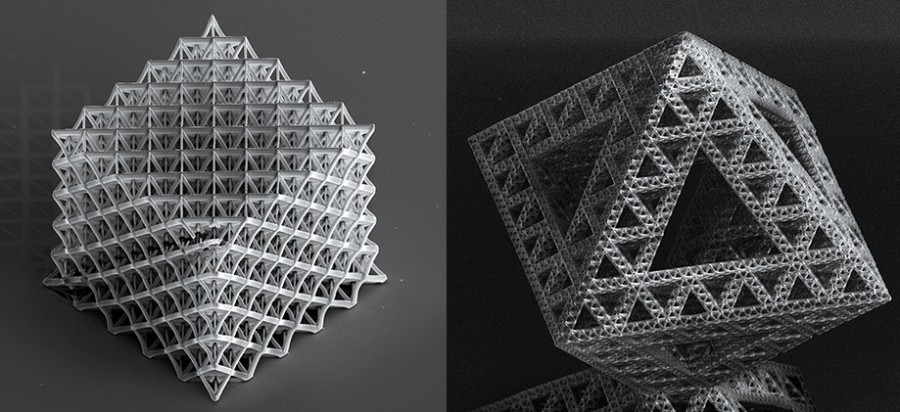 With this process, large quantities of these materials can be created at low cost and thus be used in the construction sector. According to MIT, this technology should see the light of day from here three to five years.
With this process, large quantities of these materials can be created at low cost and thus be used in the construction sector. According to MIT, this technology should see the light of day from here three to five years.
4 – Apple Pay
Although the apple brand is not a pioneer in terms of payment by smartphone, it intends to impose its Apple Pay as the benchmark for contactless mobile payment. Indeed, the device designed by the American giant offers a personal data protection very well developed. None of your card numbers are kept in memory and no one has access to them. The process is based on a principle of unique code generated for each transaction and usable only once. In addition the payment is made only if the owner validates his fingerprint with the TouchID function.

This ultra-secure payment system generates the enthusiasm of banks and iPhone users, mainly in the United States where the monopoly is still held by magnetic stripe cards. In some countries, especially in Africa, mobile payment is very widespread. A conference on this subject took place during the NetExplo2015 Forum.
5 – Referencing of DNA
David Haussler is a bioinformatician american director of Center for Biomolecular Science and Engineering at the University of California. The latter wishes push scientists to share all the genetic codes already referenced, as well as those who will be in the future. In this way, diseases whose origin is the genetic mutation could be treated even anticipated.
 Last summer, David Haussler and his company AMGS launched a search engine called Beacon whose database contains all of the DNAs already made public. The aim of the AMGS is to reconcile medical efficiency and respect for privacy. Because here the problem is not technical, but ethical and sociological. Many doctors and scientists with sequenced genetic codes are still reluctant to share them.
Last summer, David Haussler and his company AMGS launched a search engine called Beacon whose database contains all of the DNAs already made public. The aim of the AMGS is to reconcile medical efficiency and respect for privacy. Because here the problem is not technical, but ethical and sociological. Many doctors and scientists with sequenced genetic codes are still reluctant to share them.
6 – Culture of neurons
Neural culture is a technology that exists and is already in use. This can help uncovering the secrets of certain mental illnesses. Researchers at the Institute of Molecular Biotechnology in Vienna in Austria and the University of Edinburgh in Scotland developed this process.
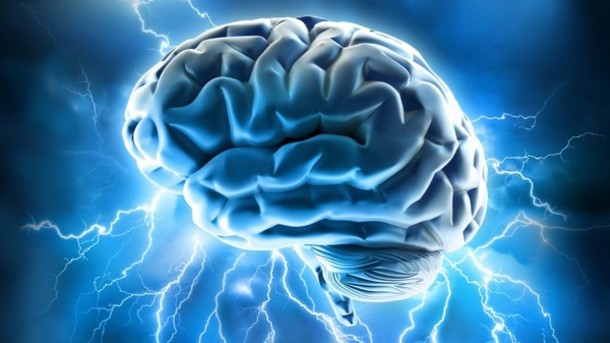 By taking skin cells on adults, we can then transform into neurons. What makes it possible studying the connections between human brain cells and their development.
By taking skin cells on adults, we can then transform into neurons. What makes it possible studying the connections between human brain cells and their development.
7 – Hyper-photosynthesis
In 2014, a team of Filipino geneticists announced that they had successfully modify rice plants. These perform photosynthesis much more efficient than normal and therefore grow much faster. Furthermore their water and fertilizer requirements would be lower.
 This change can also be applied to wheat plants. Rice and wheat alone feed about 40% of the planet. We immediately understand the importance of this discovery.
This change can also be applied to wheat plants. Rice and wheat alone feed about 40% of the planet. We immediately understand the importance of this discovery.
8 – Cancer
Since over twenty years, Dennis Lo, professor at the University of Hong Kong, is working on a method that would detecting cancer even before the first symptoms appear. After years of research, he finally got there by using DNA sequencing and the collection of a few drops of blood.
 His process has been tested on tens of thousands of cancer patients of viral origin, and results were conclusive. A clinic in Hong Kong already offers this Review to the general public.
His process has been tested on tens of thousands of cancer patients of viral origin, and results were conclusive. A clinic in Hong Kong already offers this Review to the general public.
9 – Augmented reality
Unlike the virtual reality offered by the Oculus Rift, among others, augmented reality do not immerse us in a virtual universe, but brings virtual elements into reality. It is not a hologram, only the wearer of the device can see them.

Magic Leap, with his glasses, allows us to do appear these virtual images before our eyes. So you can watch a movie or play your games without the need for a screen and without disturbing the people around you. The principle called cinematic reality was born in 2011. Now all the work is to compress this technology to integrate it in a pair of glasses and a small case the size of a smartphone.
10 – Desalinate seawater
Reverse osmosis (RO) is a technique for make seawater drinkable. This consists in filtering the water very finely in order to purify it. A huge desalination plant built south of Tel Aviv is the source of this technology. The government has spent 500 million euros to design and build it. The goal is to provide very large quantity of drinking water at lower cost.
 At the moment the factory produces 627,000 m³ (627 million liters) potable water per day. With this technique, Israel hopes to cover 50% of its water needs by 2016.
At the moment the factory produces 627,000 m³ (627 million liters) potable water per day. With this technique, Israel hopes to cover 50% of its water needs by 2016.
To continue reading, discover the top 10 inventions of 2015.
source: issuu.com
AB SMART HEALTH REVIEW








